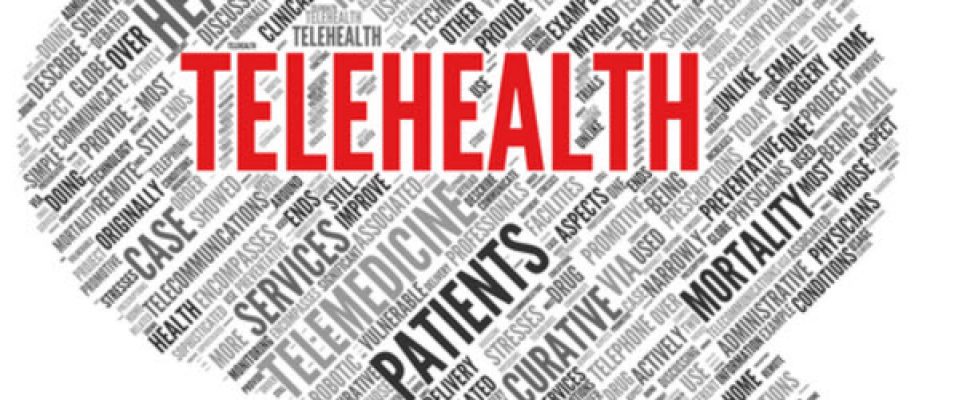Do benefits of remote patient monitoring outweigh challenges?
Remote patient monitoring keeps healthcare providers informed about their patients’ health between visits, and can warn them if something changes that needs immediate attention.
- Reda Chouffani Biz Technology Solutions
- Published: 19 Aug 2019
Remote patient monitoring allows providers to stay updated about their patients’ health outside of the four walls of a hospital. Being able to collect data about patients while they’re going about their daily life can alert providers to potential health issues as soon as they arise, improving patients’ health outcomes and reducing healthcare costs.
For patients with chronic diseases, one of the benefits of remote patient monitoring is that sharing real-time information collected by medical devices could mean avoiding a visit to the ER. This proactive approach of monitoring things like body temperature, weight and heart rhythms provides health professionals with data that can be used.
One example that highlights how a simple device can provide critical information to physicians is the use of a connected scale. Patients who experience kidney malfunctions have a high risk of complications due to a number of things that increase fluid retention, which can be fatal. The use of a connected medical scale can help physicians monitor a patient’s weight remotely, and provide them with early signs of trouble if the patient’s weight is increasing abnormally, which could signal fluid retention.
Payers have also begun to recognize the benefits of remote patient monitoring in reducing hospital readmissions, which in turn reduces hospital costs. CMS, for example, recently made changes to improve access to remote patient monitoring. The agency is allowing home health agencies to report the cost of remote patient monitoring tools as allowable costs on the Medicare cost report form.
Although patients are generally on board with technology that contributes to better outcomes and reduced costs, there are still concerns around patient’s ability and willingness to adopt and use these devices. Some of the concerns include:
Technical issues can overwhelm patients:
While physicians have access to IT staff at the hospital or in their facilities when technical difficulties arise, a patient at home experiencing IT problems with their medical device does not always have the same support. This can be stressful and a major deterrent to using the device. Additionally, given that remote patient monitoring requires internet access, connectivity is a common concern.
Lack of patient adherence:
Physicians also have to deal with the reality of those patients who are unwilling or unable to adhere to doctor’s orders, whether it’s taking medication on time and following dietary restrictions or ensuring that they are actively using their connected medical devices. These patients would be the least likely to support remote monitoring initiatives.
Despite the eagerness to get this technology into the homes of those patients with the most need, physicians and patients themselves are still adjusting to this technology. Changes in workflows and processes are required to ensure alerts are processed timely and EHR platforms can ingest the information extracted from these tools. It will take time to get everyone on board, but given the benefits of remote patient monitoring, hospitals will continue to push for this technology.

